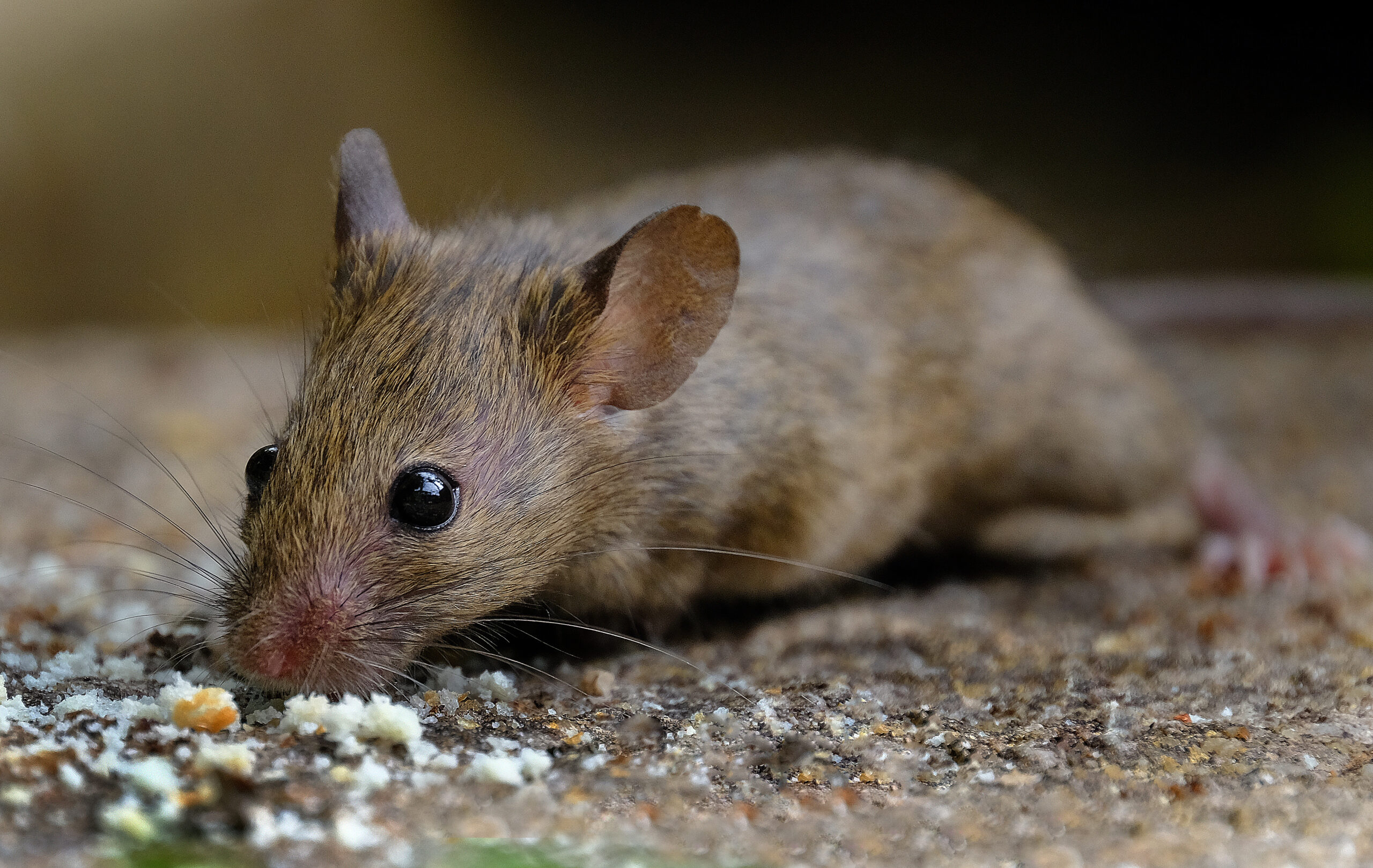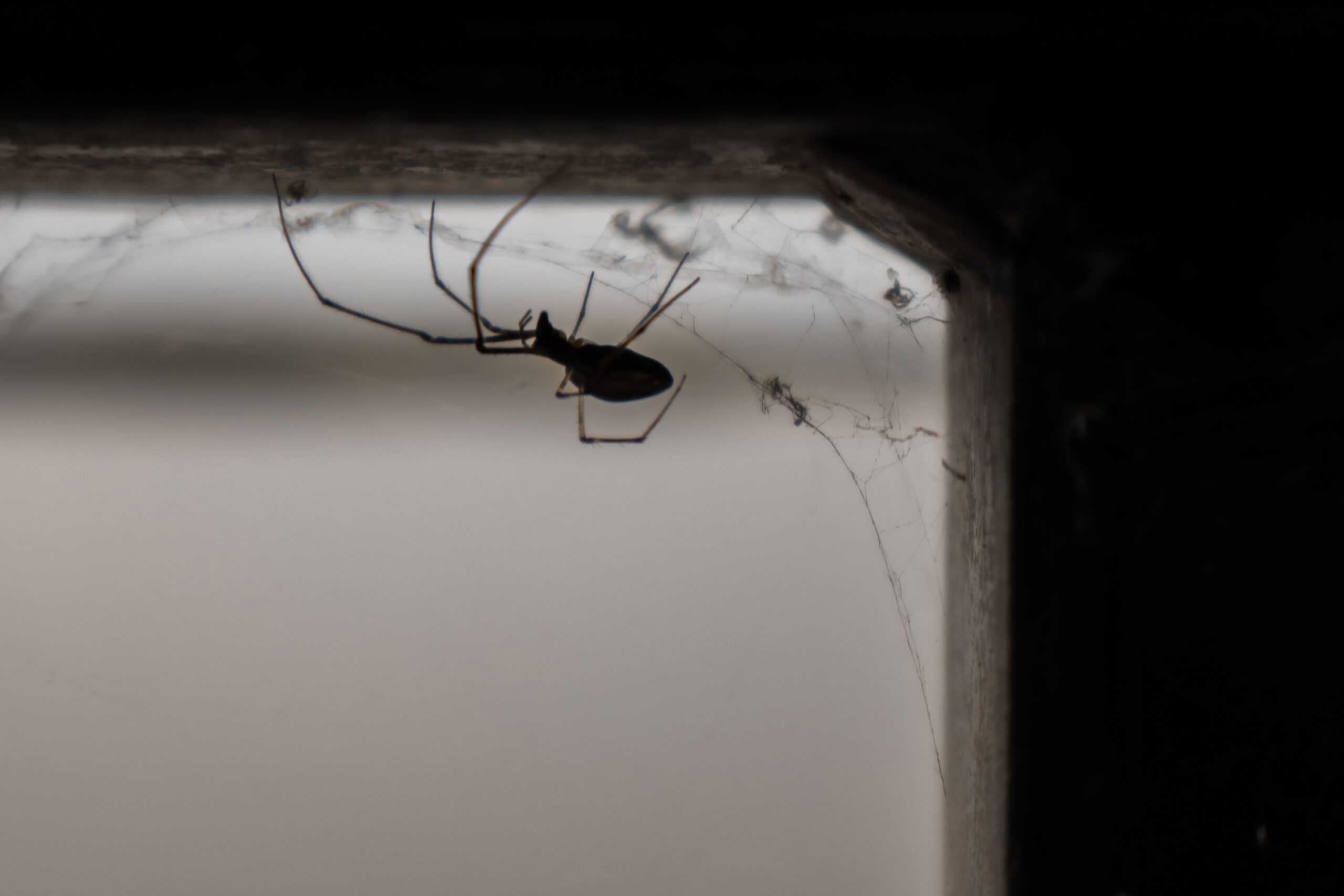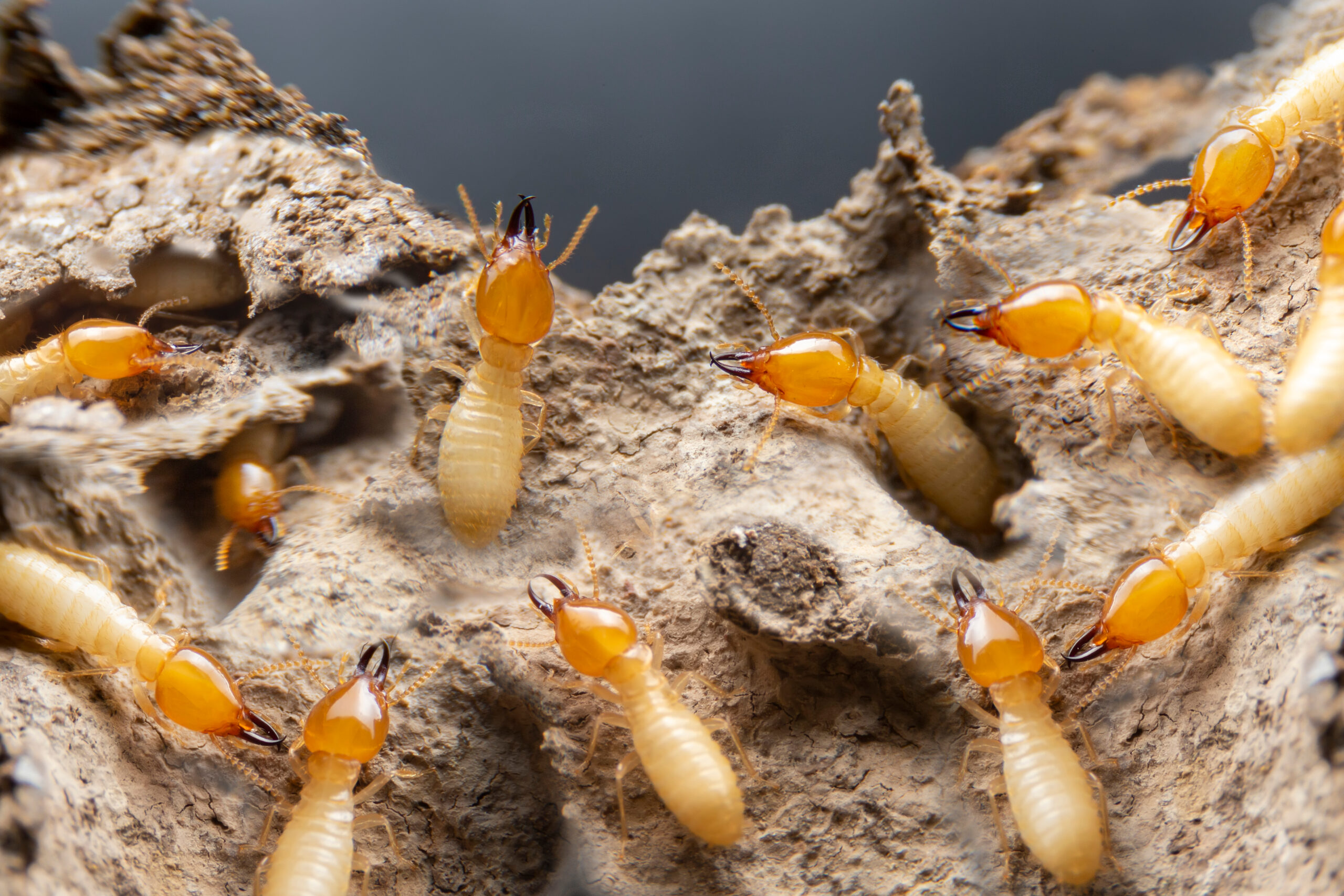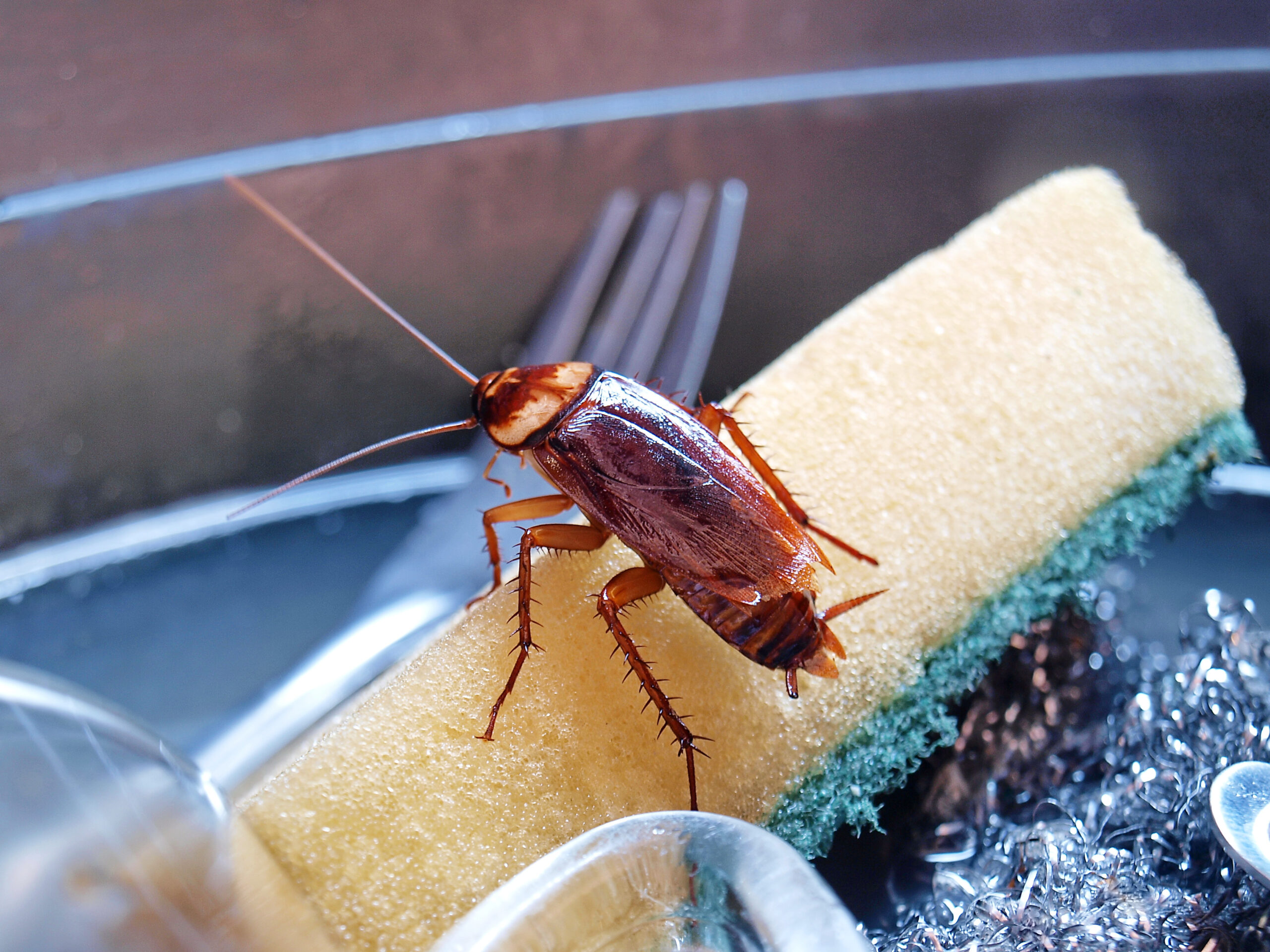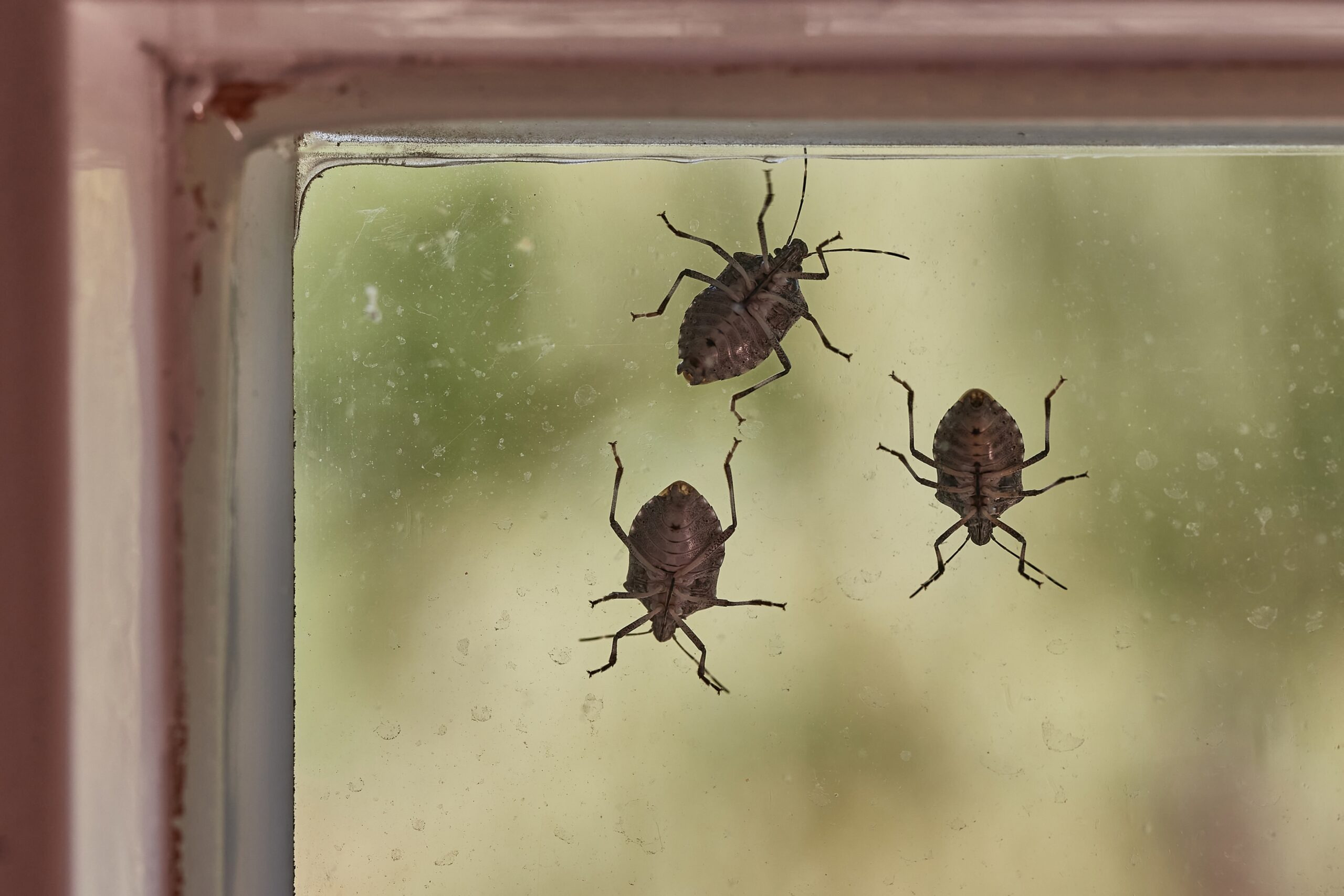The Worst Winter Pests
The Worst Winter Pests
Winter may seem like a strange time for pest problems, seeing as how there’s more snow on the ground now than any other time of year. But the very weather that winter is famous for is exactly what drives pests inside our homes and buildings every year. These tiny creatures can’t survive the freezing temperatures and harsh storms unless they have a cozy shelter, so they are more determined than ever to force their way inside an insulated place. Any species can become an invasive pest that gives us plenty of stress, but there are certain types that are a common problem for homes across the country every winter. Let’s take a look at five frustrating winter pests, all of the problems they cause for us, and the best ways to prevent them from making our cozy homes their own.
House Mice
This may be the most common winter pest of them all. True to their name, house mice frequently invade houses because they can find full access to the food, water, and shelter that they crave. These mice are about 3 to 4 inches long and are brown in color. They prefer to live in spaces that are dark and isolated from the residents of the home, which is how an infestation can grow without anyone realizing it until it’s too late. House mice are often found in attics, basements, crawl spaces, and wall voids. Like other rodent pests, their teeth are open-rooted and will continuously grow unless they keep them gnawed down by chewing on random objects. This leads house mice to chew on important house features, like electrical wiring, drywall, and insulation. In fact, thousands of house fires are caused by mice chewing through electrical wiring every year!
Unlike insects and spiders, house mice are warm-blooded and therefore need to be indoors as soon as the temperature begins to steadily drop outside. They can squeeze through openings the size of a dime, so any cracks and gaps in the house’s exterior need to be sealed as soon as possible. Another efficient way to prevent house mice is to keep the clutter down to a minimum in the house and garage. We know this is easier said than done, especially if it’s filled with boxes of who-knows-what, but it’s best to keep everything relatively organized. House mice seek out cluttered spaces for both the hiding spots and food sources, and they will continuously chew anything they find throughout the winter since house mice don’t hibernate. A third way to prevent house mice is to simply be observant of your home. If you find any droppings or gnaw marks anywhere in the home — typically near opened food or pet food — you likely have at least one house mouse on your hands.
Spiders
Spiders go where the food is, so they can be found in just about any place that has a pre-existing insect population. They primarily eat insects and small pests, which means that finding more than one spider in your home likely means you have an unaddressed pest problem somewhere. But beyond that, spiders seek out a warm and dark shelter in order to survive the winter. They like spaces that have dry spots for them to live but are still close enough to a source of moisture to keep them hydrated. This unfortunately includes just about every part of our homes, their favorites being laundry areas, basements, garages, sheds, and bathrooms. Spiders like to stay completely hidden from view, so we often find them in odd places by accidentally (and frightfully) uncovering them. We don’t want to alarm you, but it’s worth saying: inspect the insides of those shoes you haven’t worn in a year before putting them on.
Since spiders are independent pests, they don’t invade homes or businesses in large numbers. This can be a positive since it’s much easier to squish one spider than to face off against an army of pests, but it also means that spiders can hide and reproduce without us noticing for a longer period of time. Unfortunately, two of the most dangerous spider species — black widows and brown recluses — also like to invade houses and buildings for the winter, putting them much closer to us and our families than we would prefer. There are a few key ways to prevent spiders from turning your home into their own domain. One is keeping the lawn and greenery trimmed down outside. Spiders like to hide in overgrown shrubbery in the warmer seasons, so they could easily go from their outdoor hiding spot to an indoor one if they find an entry point. Another prevention method is, once again, sealing all cracks and crevices in your house’s exterior. Spiders can fit through just about any of these, so blocking them out is crucial. Finally, if you do find any spiderwebs in your home, remove them immediately. If the spider responsible for building the web isn’t still alive, a different spider would take advantage of the pre-existing web and claim it as their own for the foreseeable future.
Termites
That’s right: termites are even a problem in the freezing days of winter. Unfortunately, their only type of habitat just so happens to be insulated from the cold, so they are able to survive this season with ease. These wood-boring pests need to stay in spaces that are completely warm and sheltered from the cold, so their ideal setting is anywhere that is actually inside our homes. This would be anywhere within the interior walls since the temperature inside these is much more consistent than in the walls that connect to the outdoors. Termites have strong mouthparts that can chew through different types of wood, but their favorites are either natural dry wood or moisture-damaged wood.
Termite colonies grow at an unbelievably fast rate because their queens don’t stop laying eggs for their twenty-five years of life. Since the workers never sleep and therefore don’t stop eating through their wooden habitats, they cause millions of dollars in damage every year. Sometimes, they are accidentally brought inside the homes that they end up damaging if the residents bring in termite-infested firewood. If you chop and store your own firewood outside, make sure it’s stored properly by keeping it covered and stored about 20 feet away from the house. Termites can burrow deep into any type of firewood to avoid being seen, so check each piece for any small holes or strange sawdust before bringing it inside. Also, make sure to (you guessed it!) seal any cracks and crevices in the exterior of your home. Termite swarmers seek out new nesting sites that are easily accessible from the outside, so sealing your home should do the trick in keeping these pests away.
Roaches
Roaches are some of the most vile creatures that we have the displeasure of coming into contact with, which makes it all the more frustrating when they invade our homes and businesses. These pests need excessive moisture to survive, so they are usually found in spaces with a leak or access to plumbing. Roaches typically start out in the sewers, then make their way up into infrastructures by crawling up through the pipes and into drains. This is how they end up taking over bathrooms and kitchens, especially in commercial buildings with more plumbing access. Since they’re nocturnal, roaches like to stay in the darkness 24/7 and compress their bodies to fit within the tightest of spaces.
Though these pests can survive all kinds of events — falling, being in water, being sprayed with typical pesticides — they cannot survive the single-digit temperatures that winter brings to many regions. Roaches need an indoor shelter to survive these harsh winters, which leads them to actively seek out houses and workspaces to invade. One nightmare-inducing factor about roaches is that where you see one, there are many more hidden nearby. Preventing roaches is all about eliminating their basic needs from the rooms of your home. This means keeping a relatively tidy and leak-free space. Clean up all crumbs and spills immediately, fix any leaks in the house, and keep the clutter down to a minimum. Roaches are known to trigger allergy and asthma symptoms in people with those conditions, so if you or anyone in your home suddenly begins experiencing these symptoms in winter, it may be worth seeing if you have any invasive roaches hidden in the home.
Stink Bugs
Stink bugs may seem like the odd pest out in this blog, but they are a surprisingly common winter pest. It all starts in the fall, when the temperature begins to drop and the pest population is searching for a safe place to overwinter. Stink bugs are garden pests that kill our plants by piercing the stems and leaves with their sharp mouthparts, then drinking the sap out of the greenery. They like to stay in the sunniest areas of the yard, which then leads them to stay on the warmest spots of the house exterior as autumn sets in. If the stink bugs can find an entry point into the house they’re resting on, the whole group will invade and make their way into a more hidden area of the home. This usually includes attics, wall voids, and crawl spaces. Stink bugs can also invade later in the season once the heater is continuously on, as the heat will attract any nearby stink bugs that survived the initial freeze.
Although stink bugs aren’t dangerous to us, they are still an absolute nuisance to have in the home. No one wants any bugs in their house (unless you keep certain types as pets), but stink bugs have a special ability that both contributes to their name and annoys anyone in their vicinity. When stink bugs feel threatened, they spray a chemical from their abdominal glands as a defense mechanism. The scent has been compared to cilantro or strong herbs, so if you randomly begin smelling these odors in a certain part of your home, it could be a sign of a stink bug group inhabiting the wall void. As we always say, sealing all cracks and crevices in your house’s exterior is essential in preventing these pests. If they don’t have a way inside, they won’t be able to invade your space and overwhelm your festive-smelling holiday candles with their strange odors.
Pointe Protects Against Wintery Pests
If you don’t already receive regular pest control services, the winter is a great time to start! There is a major rush for these services in the summer because that’s when insects and spiders are most active, thanks to their cold-blooded bodies. But by preparing your home or business for this influx of pest activity in the “off-season” for pest control, you can rest assured that your space is better protected against pests all year long. At Pointe Pest Control, we provide both preventative and responsive pest control services for all kinds of pest problems. Our highly-trained technicians are all dedicated to solving each pest issue as efficiently as possible, as we understand the importance of a pest-free space. Between our thorough inspections and our environmentally-friendly treatments, we guarantee that we will keep you pest-free for the long run. Contact us today to learn more about our efficient services and to see the Pointe Difference in your winter pest control today!
Citations
8 pests that love cold weather. (2021, December 17). Coastal Spray. Retrieved December 5, 2023, from https://www.coastalspray.com/8-pests-that-love-cold-weather/
Schuh, M. (2023, October 3). As temperatures fall, home-invading insects come knocking. University of Minnesota Extension. Available at https://extension.umn.edu/yard-and-garden-news/temperatures-fall-home-invading-insects-come-knocking (Accessed on 5 December 2023).
Winter pest control. (n.d.). Orkin Canada. Retrieved December 5, 2023, from https://www.orkincanada.ca/residential/advice/winter/
Winter pests 101. (n.d.). Pest World. Retrieved December 5, 2023, from https://www.pestworld.org/news-hub/pest-articles/winter-pests-101/
Winter’s worst: 9 pests that are super active in the winter. (2022, December 9). Interstate Pest Management. Retrieved December 5, 2023, from https://www.interstatepest.com/blog/winters-worst-9-pests-super-active-in-winter/
Request a Free Quote Today
(We do not share your data with anybody, and only use it for its intended purpose)

